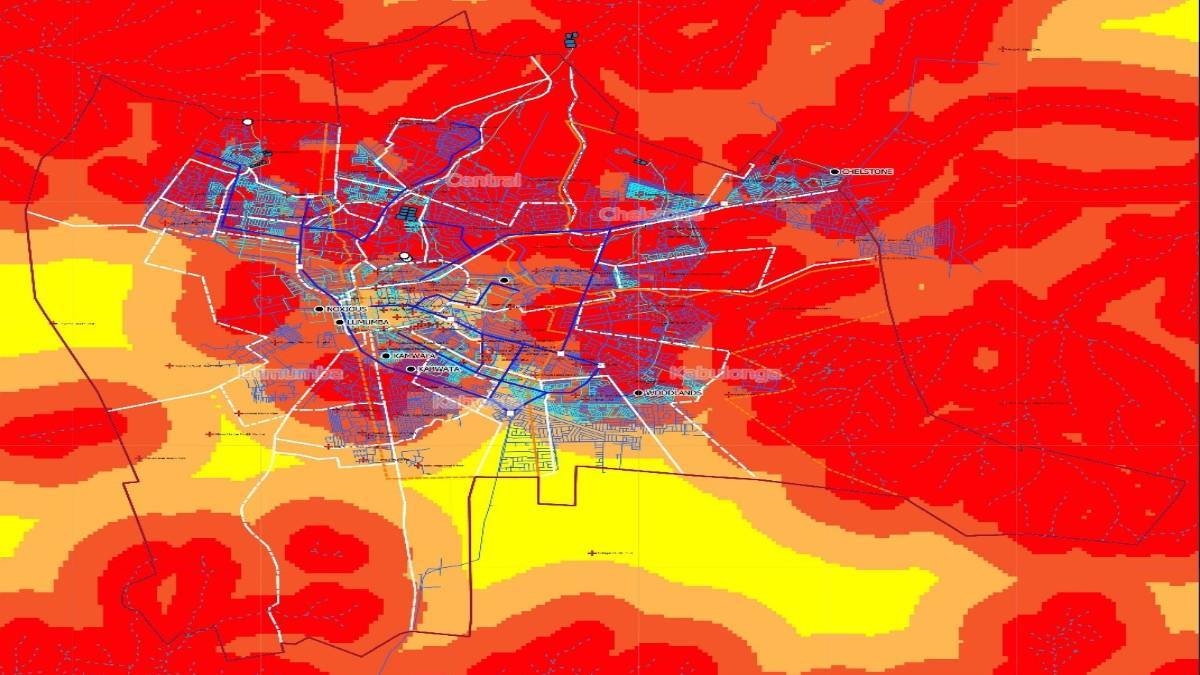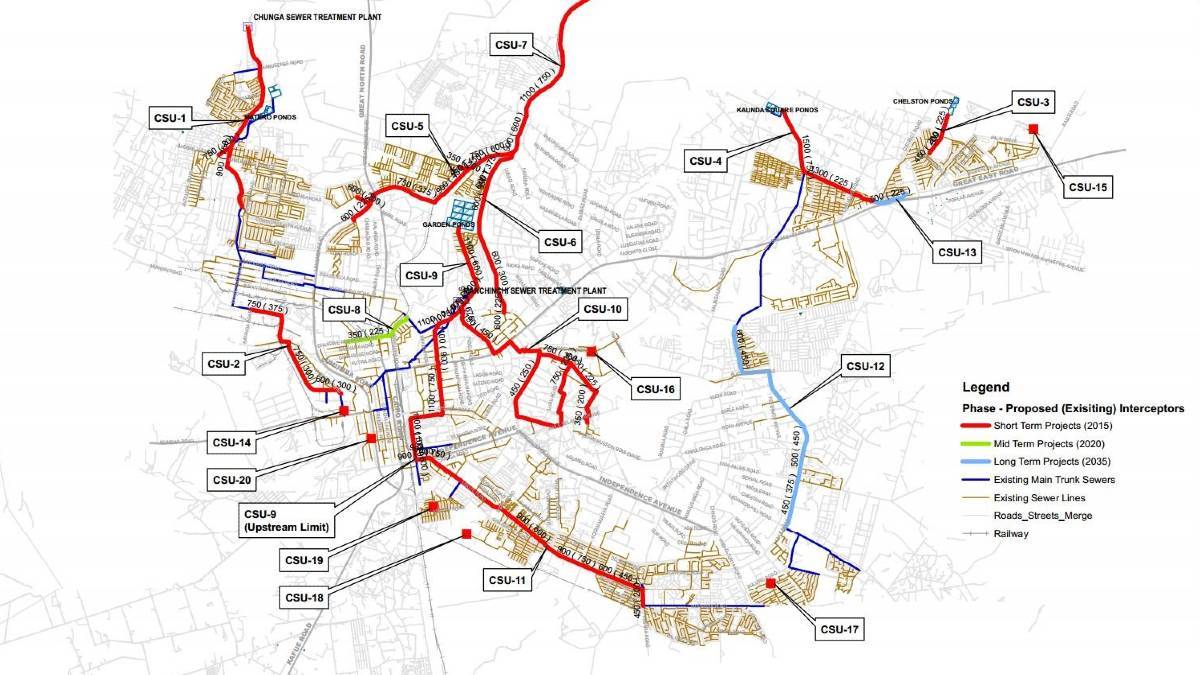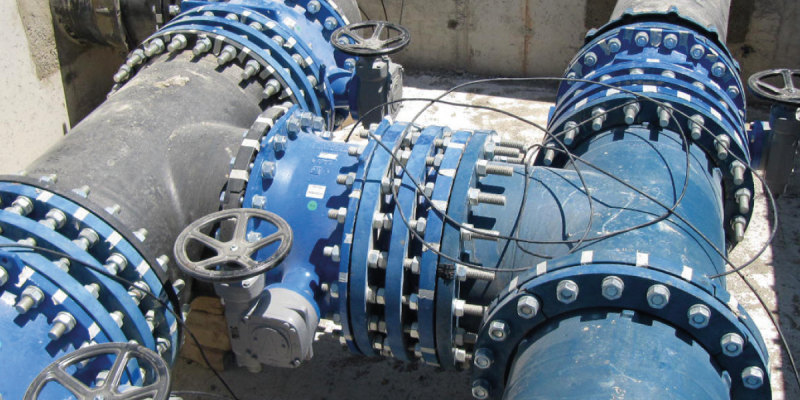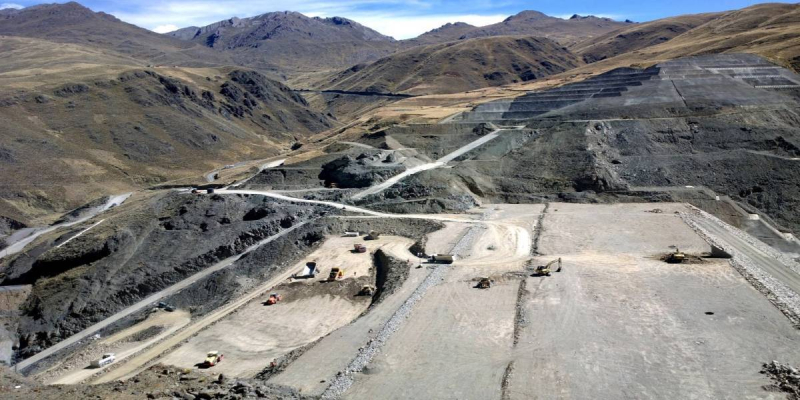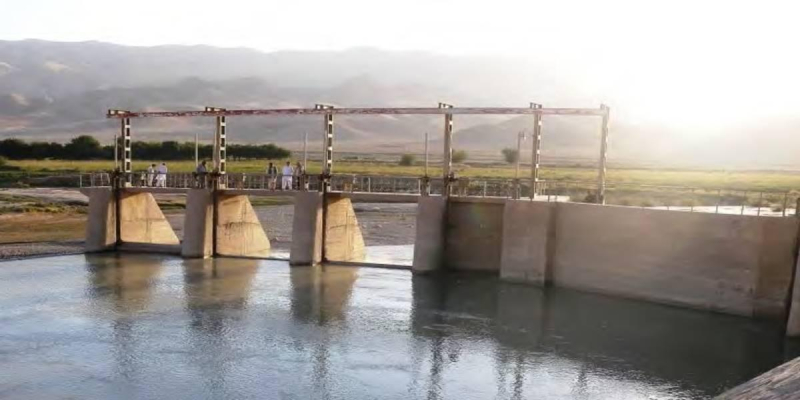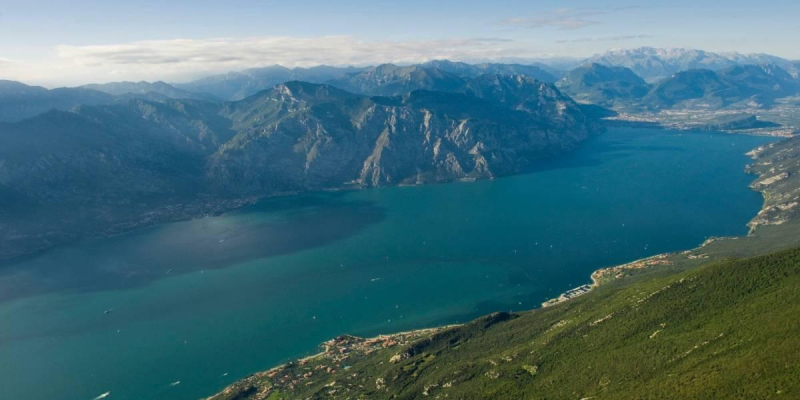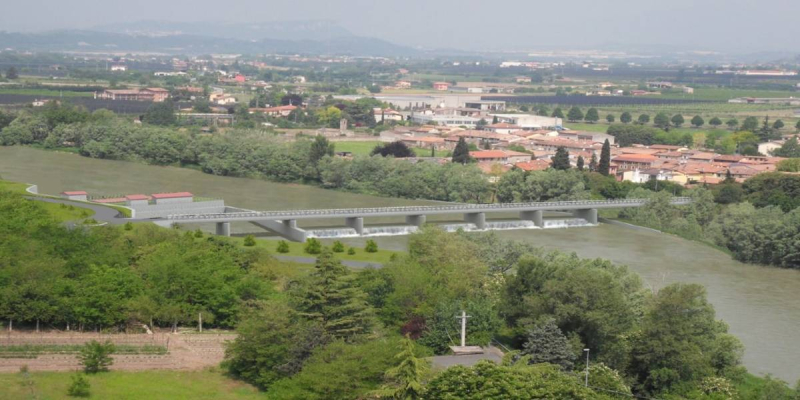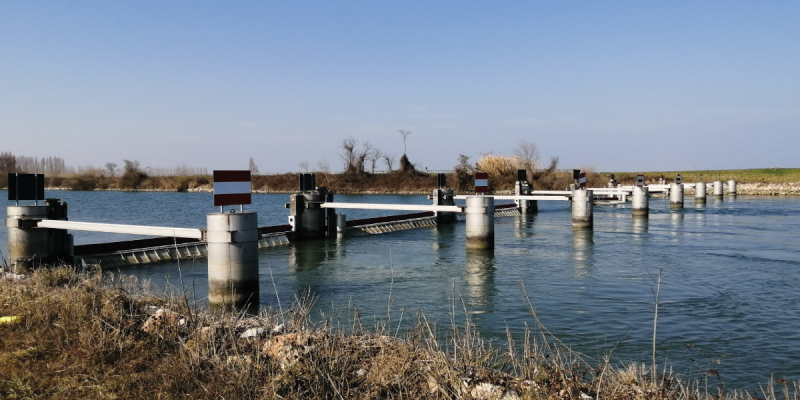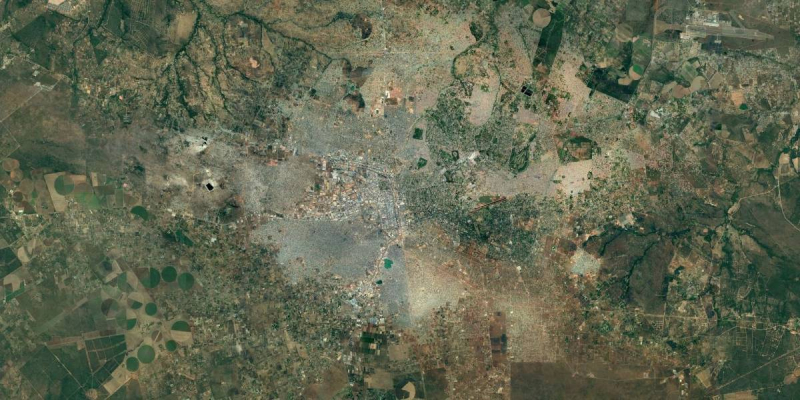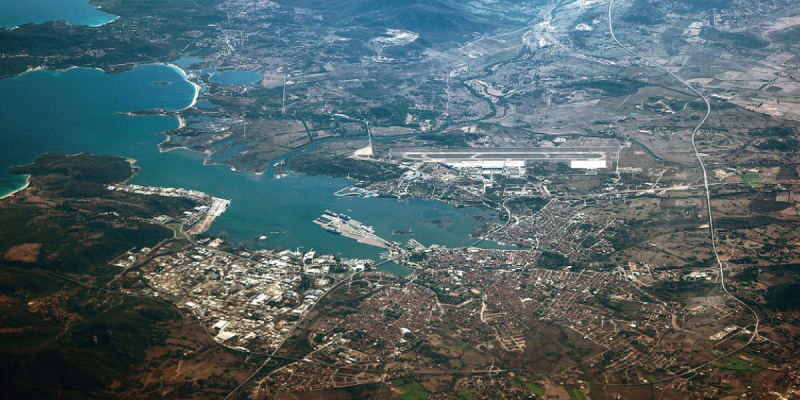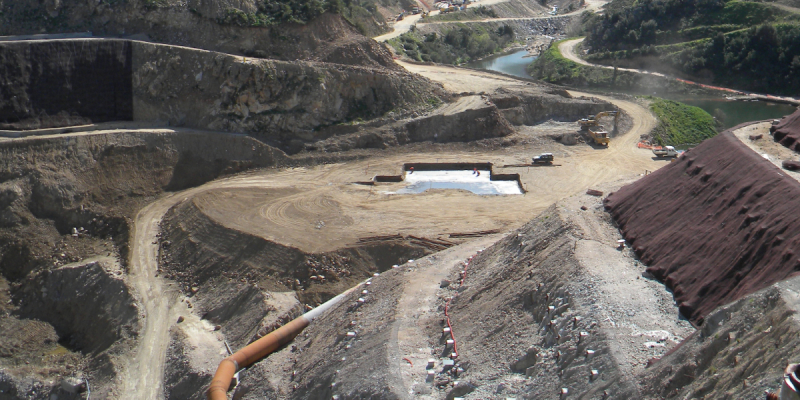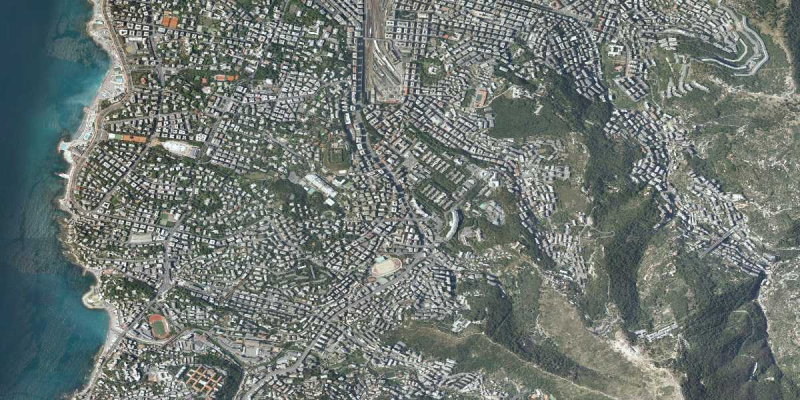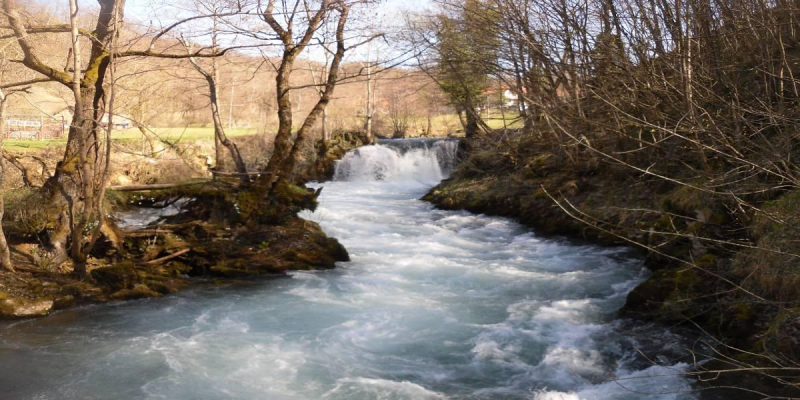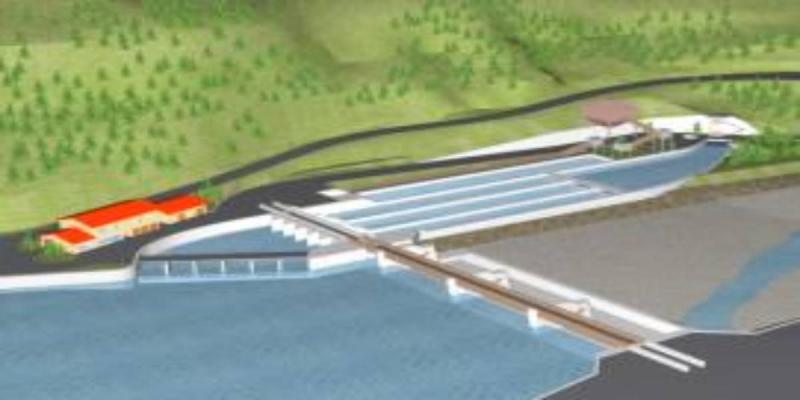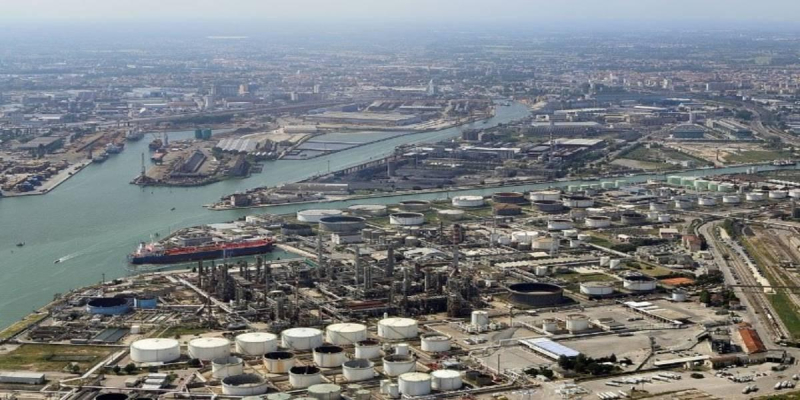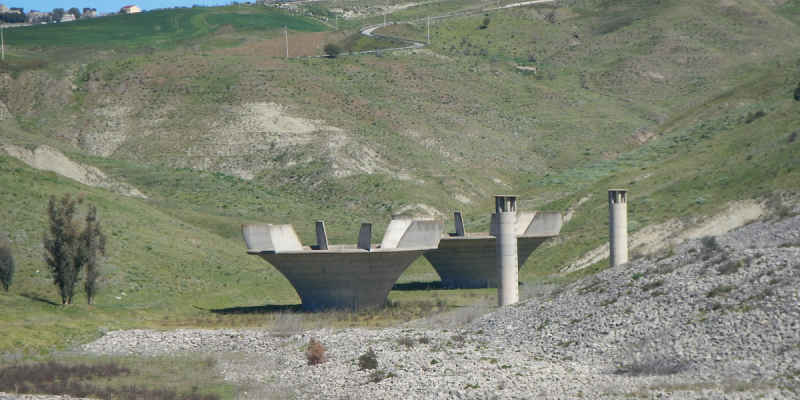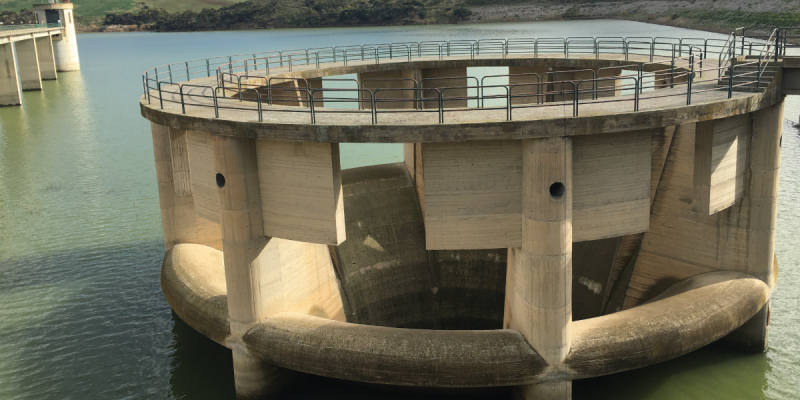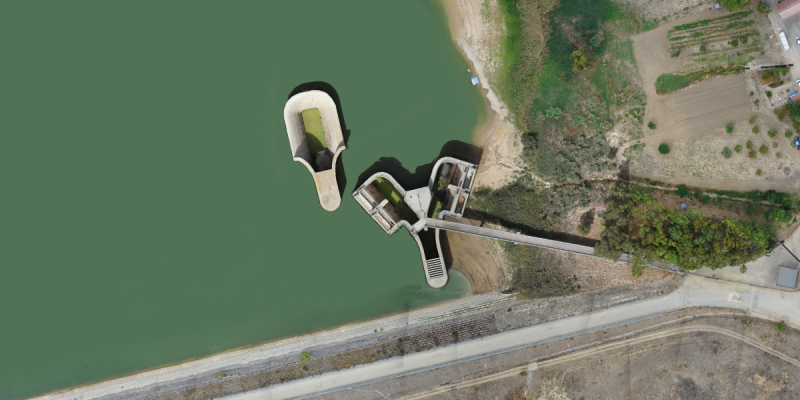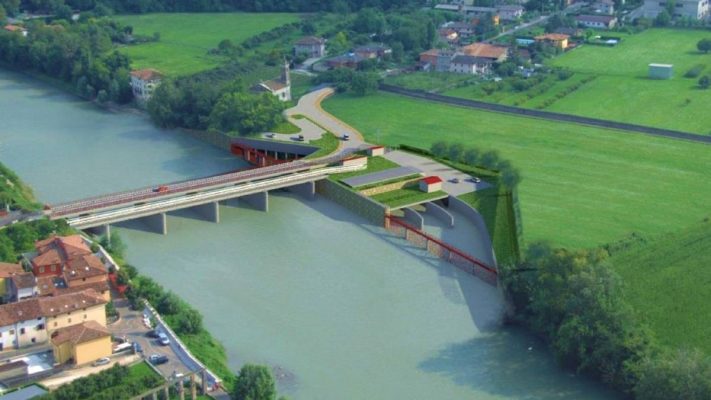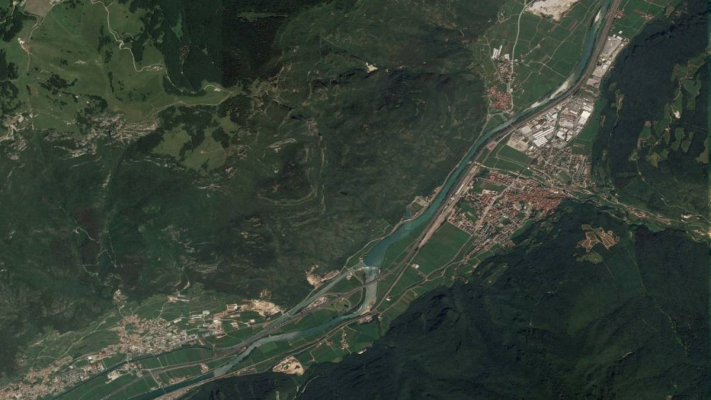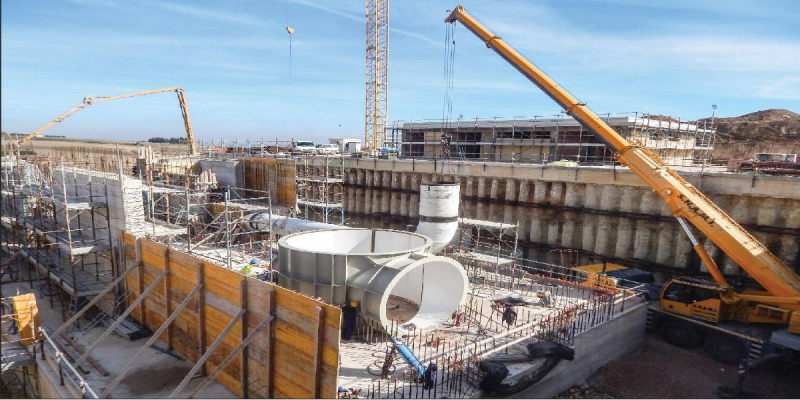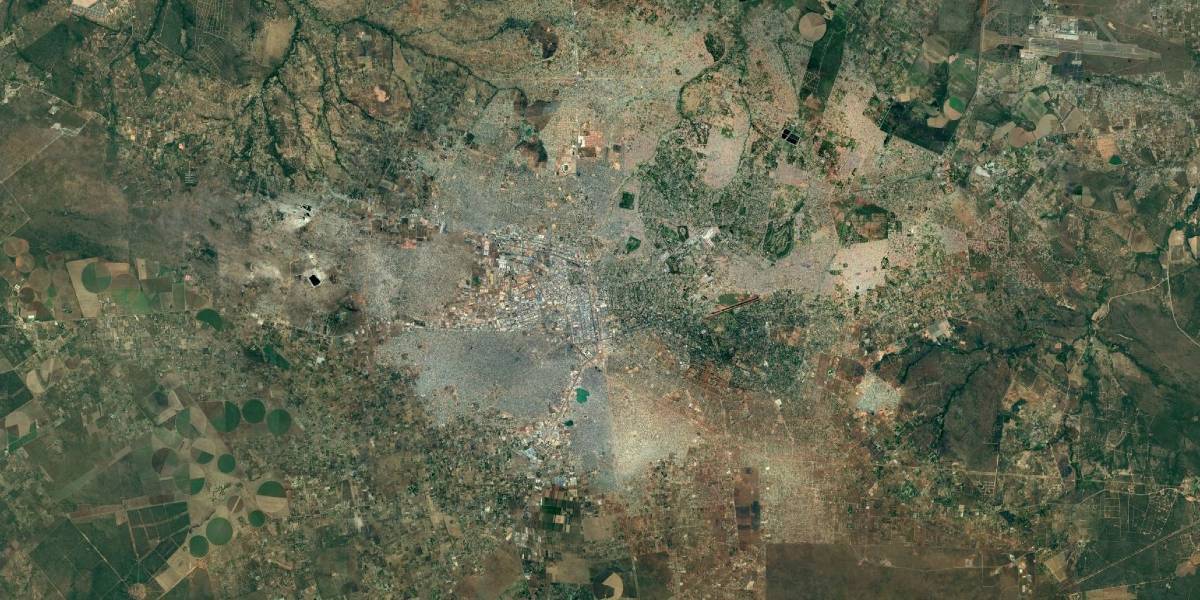
Idraulica Regolazione dei fiumi e gestione delle risorse idriche
Consultancy services to develop water supply and sanitation disaster risk preparedness plan (Zambia)
Lusaka Water and Sewerage Company Limited (LWSC) is the main water and sewerage utility and service provider for Lusaka Province. The Company’s mission is “to provide quality water and sanitation services at commercially and environmentally sustainable levels to the delight of our customers and other stakeholders”. The Lusaka Sanitation Program (LSP) is financed by four International Financing Institutions (IFIs) focusing on the upgrade and expansion of sanitation facilities within the city of Lusaka. The four IFIs are the African Development Bank (AfDB), the World Bank (WB), the German Development Bank (KfW) and the European Investment Bank (EIB). LSP aims to increase access to sustainable sanitation services to Lusaka’s residents especially the urban poor and strengthen LWSC’s capacity to manage sanitation services. The program aims at addressing one of Zambia’s most binding constraints to economic growth through infrastructure investment in Lusaka, the rapidly urbanizing capital.
This consultancy is focused on two of the four main components of the program:
Component I: Climate resilient Sewerage Infrastructure Development
Component II: Decentralized Sanitation and Hygiene Education
The main objective for water managers is to ensure or maintain an adequate level of service, that is to say, ‘service-ability’. Serviceability requires taking into consideration not only the characteristics of flood events (hazard probability and intensity) but also their consequences on the urban receiving environment (vulnerability, elements at risk). The specific objective is to prepare the Water Supply and Sanitation Sector Disaster Risk Management Plan, which will strengthen institutions, mechanisms and capacities at all levels, in particular at the community level that can systematically contribute to building resilience to hazards and disasters.
The scope of the consultancy will include, but not limited to the following tasks:
- Assess all potential natural hazards and disasters triggered by climate change that are likely to affect the infrastructure and the communities
- Estimate the extent of damage resulting from such disasters to the infrastructure and surrounding communities.
- Identify the various sector institutions and the level of preparedness to deal with the natural hazards and disasters likely to affect the infrastructure and surrounding communities.
- Identify the institutional capacities that require strengthening in order to effectively address the negative effects of climate change.
- If necessary, propose alternative institutional arrangements (including their terms of reference) that can best respond to the disasters especially at a community level.
- Identify the communities which are at higher risk of exposure to these disasters and propose the short and long term interventions necessary to counter the effects.
- Develop a comprehensive Disaster Risk Management Plan (DRMP) that will adequately respond to the identified potential natural disasters.
- Provide a mechanism and an outline of activities detailing how the DRMP will be effectively implemented.
- Develop an integrated disaster risk management information and communication system in order to enhance timely decision making on the project, including emergency communication methods (alert protocols) available and accessible to the Disaster Management Committees (DMCs).
- Prepare a Disaster Management Operations Manual (DMOM) to guide key institutions achieve the best and proactive disaster management practice across the sector.
Description of actual services provided within the assignment:
- Preparation of the Inception Report
- Preparation of The Risk Assessment Report
- Preparation of The Disaster Risk Management Plan
- Completion of final DRMP Report
- Activities After Risk Measures Plan
- Calculating residual risks to identify which areas focus when developing the DMOM
- Conduct Occupational Health and safety training workshop
- Conduct Domestic Water Treatment Training
- Conduct DRR Awareness Campaigns
- Activities for Preparation of the DMOM Report
- Submission of Integrated Disaster management and Risk information system
- The services provided include data collection, data analysis, organization of workshops and consultations with the stakeholders, trainings for all the stakeholders (institutions, communities, technicians, etc. …).
Cliente
Lusaka Water and Sewage Company Ltd
Luogo
Lusaka, Zambia
Servizi
Disaster Risk Management Plan
Costo dei lavori
N.A.


